
If you’ve been following my journey to uncover the identity of my Grandmother’s father, such as through my blog post Is That You Mr Bennett? then you may be interested to know that, in pursuit of a definitive answer to the question of my Grandmother’s paternity, I did some further research and decided to read my Grandmother’s autobiography “Hopwood Street to Wellington Lane” again from the beginning. It’s a book that she wrote over thirty years ago and which I must confess had remained somewhat dusty on the shelf for a long, long, time.
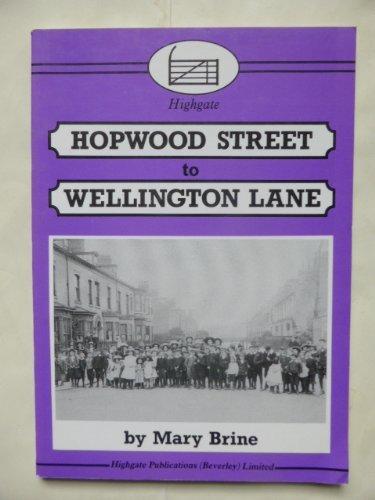
Upon re-reading it, I was particularly drawn to a section near the end of the book which I had either failed to notice when I read it as a young woman, or else I had long forgotten.
In the following passage, my Grandmother, Mary BRINE nee MAPLESDEN, provides an account of an episode which must have occurred when she was around 7 years old. These events likely occurred in or around 1918, and they have opened up a whole new channel of investigation for me to pursue.
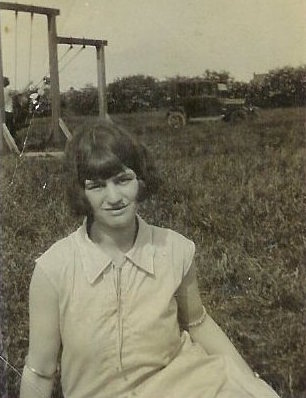
In Mary’s Own Words
Writing in 1988, but looking back on some key events that had happened in or around 1918, Mary says “I was becoming increasingly curious as to the mystery attached to the circumstances of my origin. Who really was my natural father? Having overheard vague allusions, I was really getting obsessed about it. One day my mother, instead of sending me out with the two children, suddenly took it into her head to come along with me. She had reason to believe that someone she was interested in seeing might be in a certain vicinity and intended to run into him casual-like. This strange deviation from her normal routine was interesting but she kept me in the dark as to what she was up to.”

“Sure enough, her unsuspecting quarry came striding into view. The timing was perfect. “Well, hello. Fancy meeting you!” said my mother, putting on her act. The man stopped dead in his tracks. It was evidently a bit of a shock. He did not look overjoyed to see her! They exchanged the usual banal small talk before my mother asked him how he was doing and where he was living. She was all smarmy till she got the information she wanted. He gave me a penny. My mother then wished him ‘all the best’ but didn’t mean a word of it and then he went on his way. “That was your father,” my mother informed me. And I had not given him a second look. I had felt nothing. Surely, I would have had some inner voice tell me if there had been any affinity to suggest the existence of a blood tie? But I, by my total indifference, had rejected him off-hand.
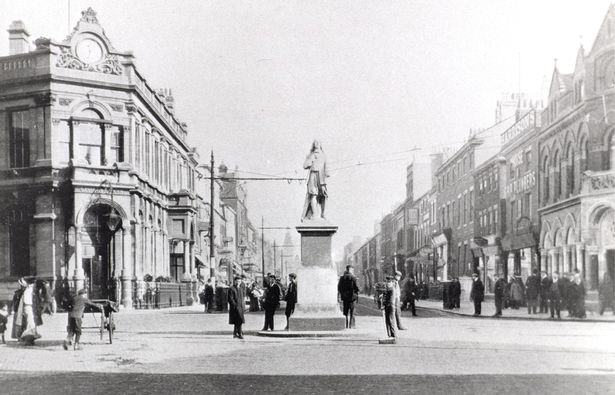
My mother interrupted my cogitations, asking me, “Would you be able to recognise him if you were asked to identify him in a court of law?” I said that I might. I added as an after-thought, “He was a bit like Mr. Footitt, wasn’t he?” (Mr. Footitt was a neighbour, a very nondescript one, at that.) “I can see you’re going to be a lot of help, I don’t think” my mother said acidly. I did not understand what all this was about. ”
Interestingly, when I was conducting some research on the locations at which Mary and her mother and grandmother lived, I came across an electoral register. It shows Rosa Florence, and her husband Edwin NESBITT, were living just around the corner from Mary’s beloved Grandmother, Mary Emma MAPLESDEN. There was also listed a George and Violet Footitt in the same street, so it seems my Grandmother’s memory was quite clear on all of this, despite her writing it down many years later.
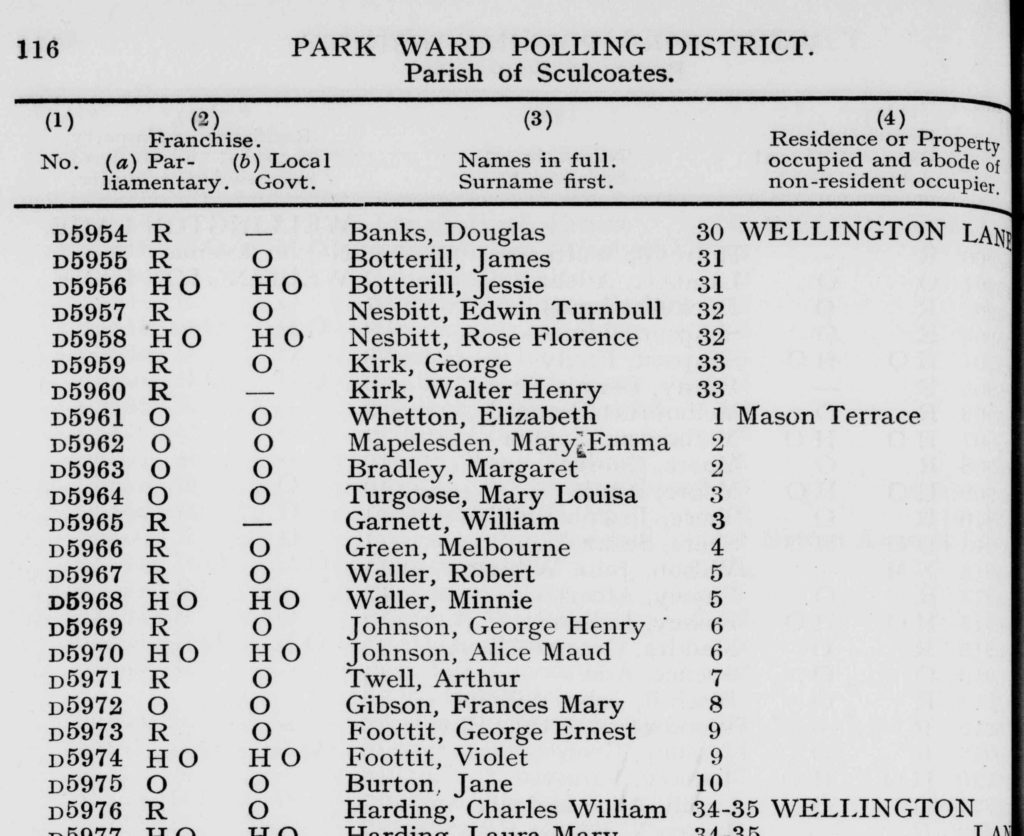
Mary continued telling her story, “My Mother had been claiming maintenance for me apparently, but he had failed to keep up with the payments regularly. If what I had heard Grannie say, about the wrong man being blamed, and I’m sure she would not say it idly, well… The upshot was that I was taken to the Law Courts which were held at The Guildhall. My mother was after his blood, or, more to the point, some paternity money. It was all very interesting with much bustling about and little glass doors marked ‘Witnesses’. I was not called to be a witness. There’s no knowing what I might have come out with.”
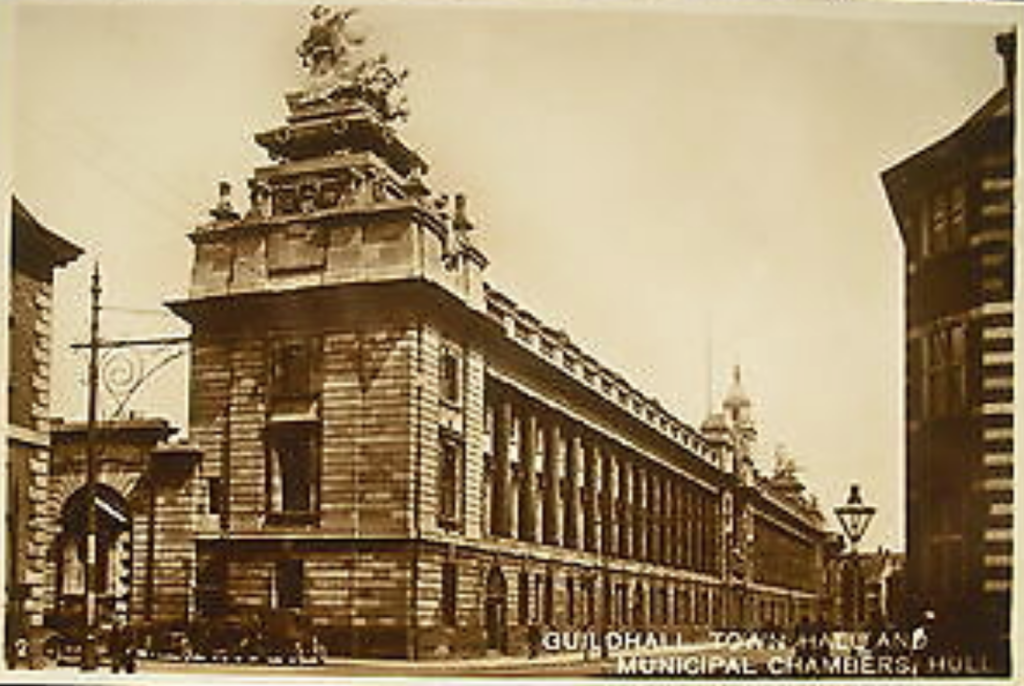
“What I did witness was a mind-boggling scene in the corridor between my mother and this man’s wife. The wife had gone berserk and was ready to claw out my mother’s eyes. This time I think that my mother had bitten off more than she could chew. “You’ve got yourself a man and security” the woman screeched. “Why can’t you let my fella alone? We have seven little ones to feed. He can’t afford to pay you and keep us as well”. Words which fell on deaf ears. My mother was not concerned and said as much.”
“On the following Sunday afternoon my mother and step-dad had gone upstairs for a lie down and I was minding the little ones when there was a loud rat-a-tat on the shop door knocker. I went to see who it might be, and there stood this woman, with a pram and half-a-dozen unkempt children, demanding to see my mother. I went to the foot of the stairs and shouted up, “Ma-a-am! There’s my father’s wife!”
After sounds of confused and hurried scuffling, mingled with muttered mild cursing, the cobbler himself came downstairs and went to the door.”
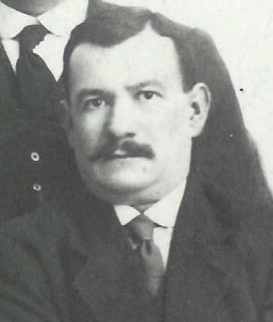
“The woman created a terrible disturbance, accusing my mother of being responsible for her husband being in gaol for non-payment of paternity money. She didn’t mince words and the neighbours were all ears, enjoying this unexpected juicy entertainment. The cobbler ordered her to go away and threatened to call the police. She was forced to retire, having made her protest, much to the disappointment of the audience which had gathered. They had been hoping that my mother would put in an appearance as a Prima Donna in this real-life street drama. My step-dad came back inside and closed the door.”
“If the poor distraught woman had hoped that my mother would show a little compassion for her and her family – she had gone the wrong way about it. Disrupting their Sunday afternoon siesta with a vulgar exhibition had only served to antagonize my mother further. She might, if she had been approached in a more subservient manner, have even taken pleasure in playing the Lady Bountiful and given the woman a token grocery parcel. That was the sort of woman my mother was. This latest confrontation rekindled my desire to unravel the mystery.”
“I was invariably sent up to tidy and dust my mother’s bedroom on Saturday mornings while my mother bathed Baby Ruthie, so, the following Saturday, I planned to peruse my mother’s private documents which I knew she kept in the top drawer of the dressing table, hidden under newspaper lining. All went according to plan. I had just unearthed the affiliation order, with all its legal jargon, when I heard my mother coming stealthily up the stairs. Quickly, I rammed the documents roughly back into their hiding place and was making a pretense of dusting. My mother was not deceived, even if she allowed me to believe it. She fully expected me to try again when next the opportunity arose. She was not long in arranging that and, as she had known I would, I fell into the trap and was caught red-handed.
I was having a good read about the ‘said’ this and the ‘aforementioned’ the other, when she pounced. “I’m only trying to solve the mystery of my birth” I said. Well, it was only natural wasn’t it? “I’ll give you the secret of your birth, you nosey bitch!” she shouted furiously, and the thrashing I received on the spot was hardly worth it, I decided, as I was little the wiser. If she was truthful, my mother would have been the first to admit I had only done what she herself would have done if our roles had been reversed.”
From “Hopwood Street to Wellington Lane” by Mary Brine, Published by Highgate Publications (Beverley) Limited in 1988.
Mary BRINE (nee MAPLESDEN, my maternal Grandmother, went to her grave in 1988 having never discovered who her father was, or whether the man she had met in the street was indeed him. However, with the advent of science and the benefit of DNA testing, in 2020, many many years later, I was able to solve the mystery of her paternity, and I could never have anticipated just what I would discover, or what tragic events had unfolded that even my Grandmother could never have anticipated.
If you’d like to know how the story ends, meet my ancestor “Charles Bennett”
Please Let Me Know You’ve Visited
If you have enjoyed reading this post, please leave me a comment below, even just something brief. Family history hunting can be fascinating, but often no one else is interested except the person doing the research, so it’s always really lovely to find out when someone is!

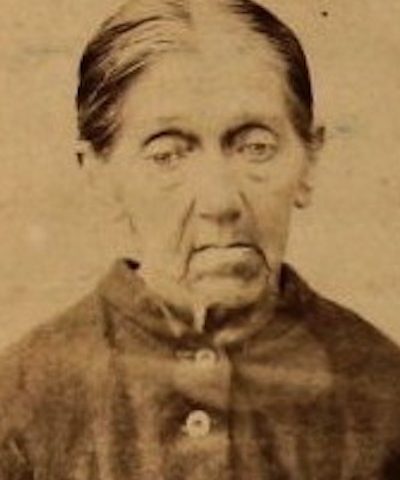
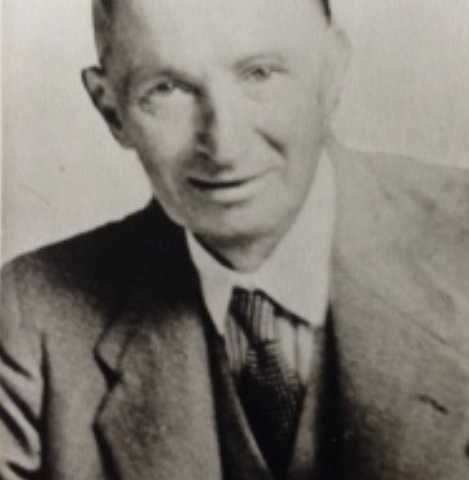
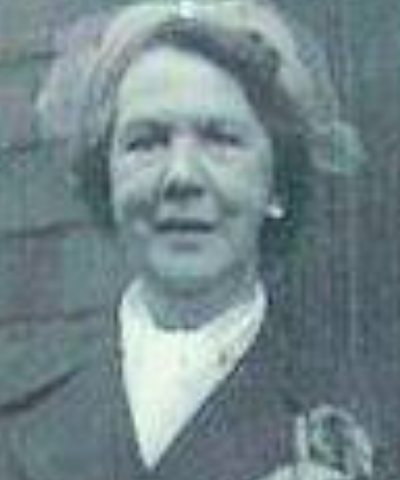

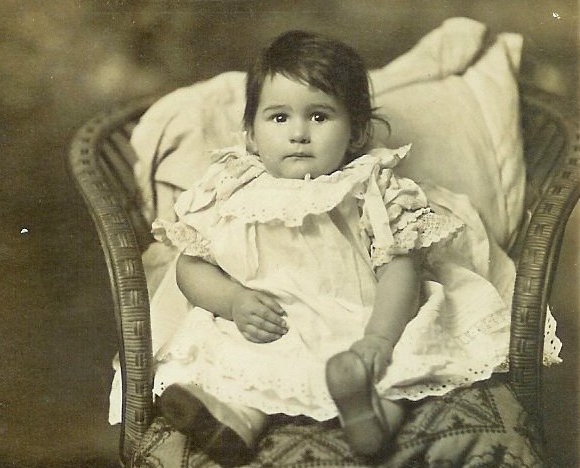
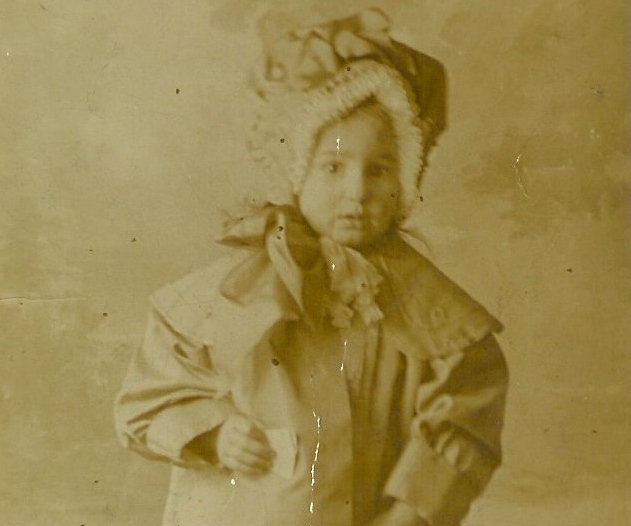
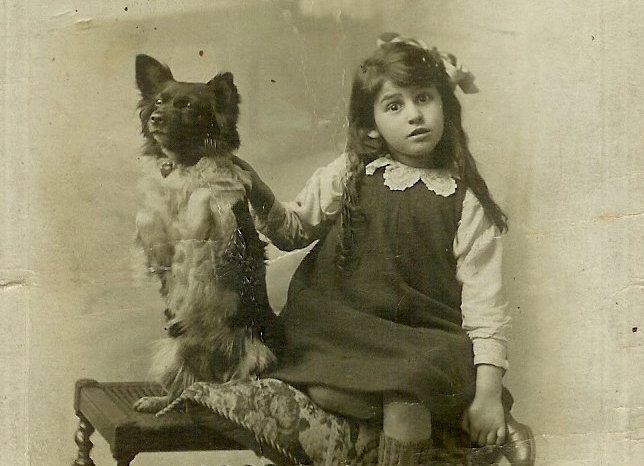
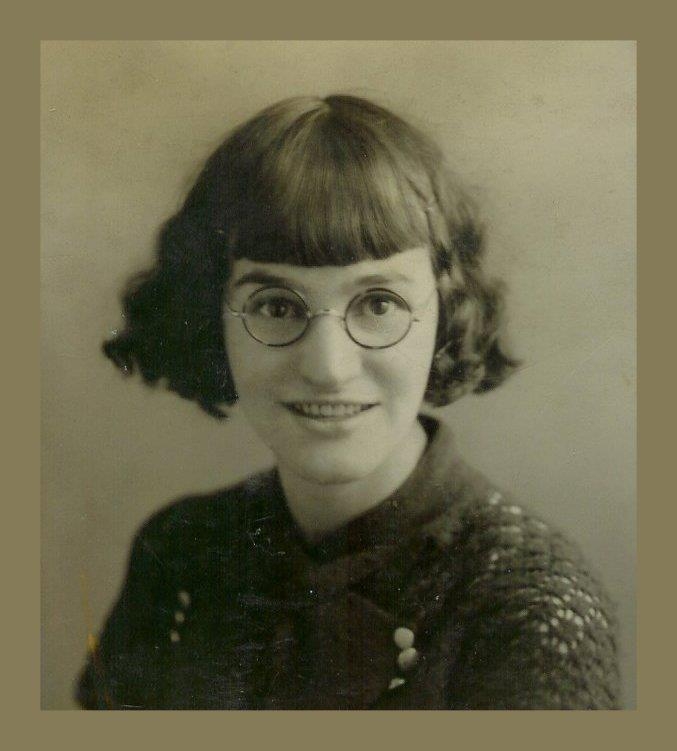
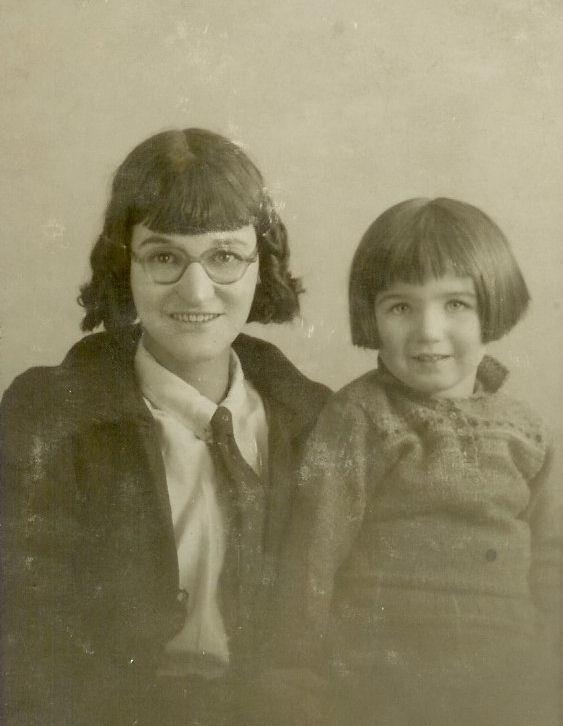
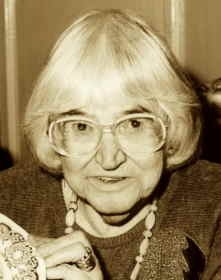
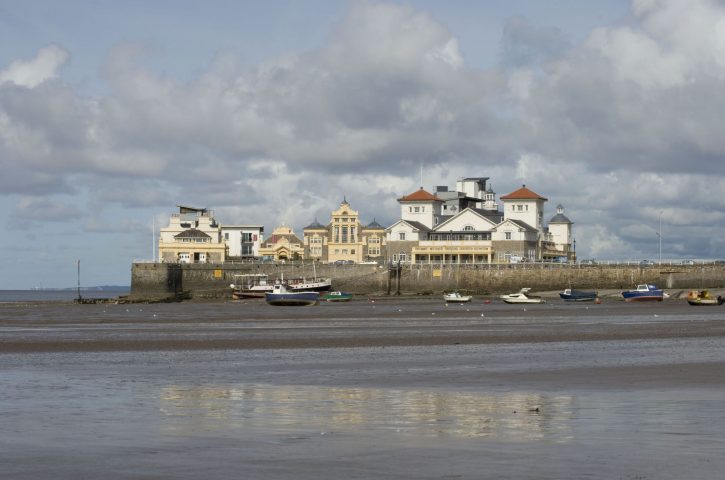
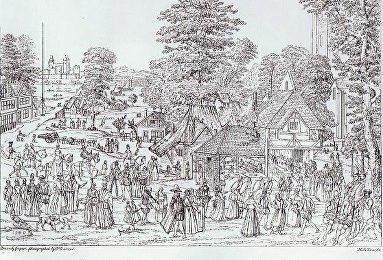
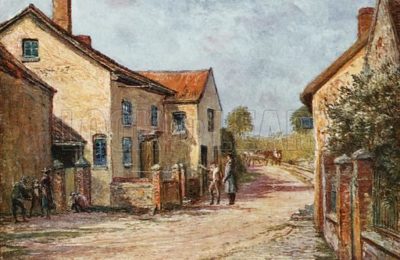
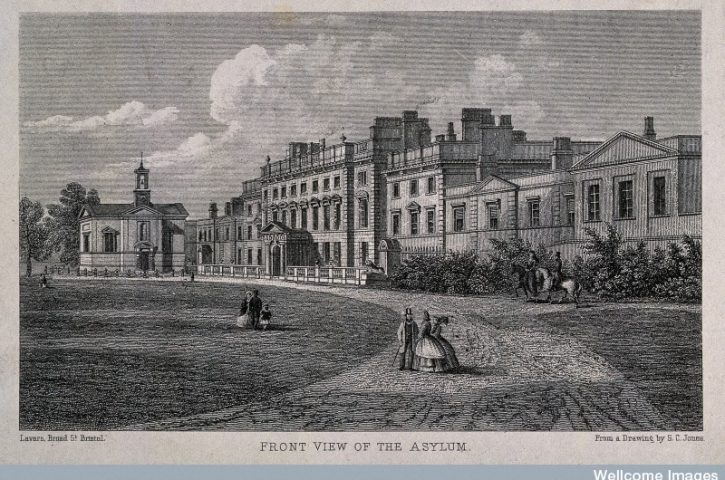
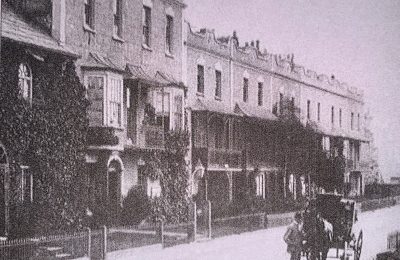
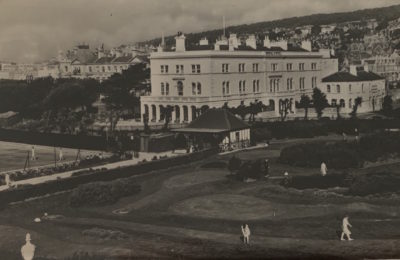
All very interesting Honey . What a detective you are !
Hi Deirdre, Oh I’m glad someone is interested ha ha. I do enjoy trying to get to the bottom of it all. For me it’s like solving a really interesting puzzle, but one that actually I feel is worth spending the time on because whatever I find I can leave for future generations if anyone is interested 🙂 I am determined to be able to conclusively say “I know who Granny Brine’s father was!”
This is better than watching a soap opera! A real life “Who do you think you are”
As heartbreaking as it is to read about a child being thrashed by her mother – it is fascinating to read the account nonetheless.
Keep digging Honey – I am sure you will be rewarded in the end!
I’m glad you’re finding it so fascinating! And I know my Grandmother, for all she went through, would have loved to know that others found her story so captivating. I only hope I can find the answers. My Grandmother sadly died well before the internet was invented, which really helps family history researchers, and of course before DNA testing was a thing. So, in her memory, I am only doing what I think she would have done had she still been here… Hopefully I can solve the mystery once and for all!
Mary (Maplesden) daughter of Rose,told me, her son, that when she was courting my father (roughly 1928-1934) they occasionally visited her sister Olive in Hessle Cottage Homes orphanage.
Hi Peter. Interesting!! So do we think that Rosa’s other children got taken into care at some point? I will look into this to see if there are any records on this asap! In terms of Rosa’s name, I think it was ‘Rosa’ rather than ‘Rose’ which was entered on the electoral roll. I think that was an error as I have found lots of other records in my research that have her as Rosa Florence MAPLESDEN, but I will check the records for a Rose too as it may have been spelled incorrectly elsewhere too. I’m keen to try to find the court papers from the paternity-related court case that seems to have occurred at some point between 1918 and 1928. I am keen to find out who was the mystery man that Rosa took to court for paternity money and who it was that subsequently went to ‘gaol’ for non-payment!
A great read Honey. A few years ago I started exploring mine and it took me to a small whiskey town in Ireland – but the trail went cold. I really should start digging again as the documents (including court records – lol) make an interesting read 🙂
Ooh yes do! And then you can tell us all about him 🙂 I find it so fascinating what we can discover from old records and how it helps us build up a picture of the past!
Fascinating research. Must start on mine!
Hi, so glad you found it interesting! Sorry it took me so long to reply to you!